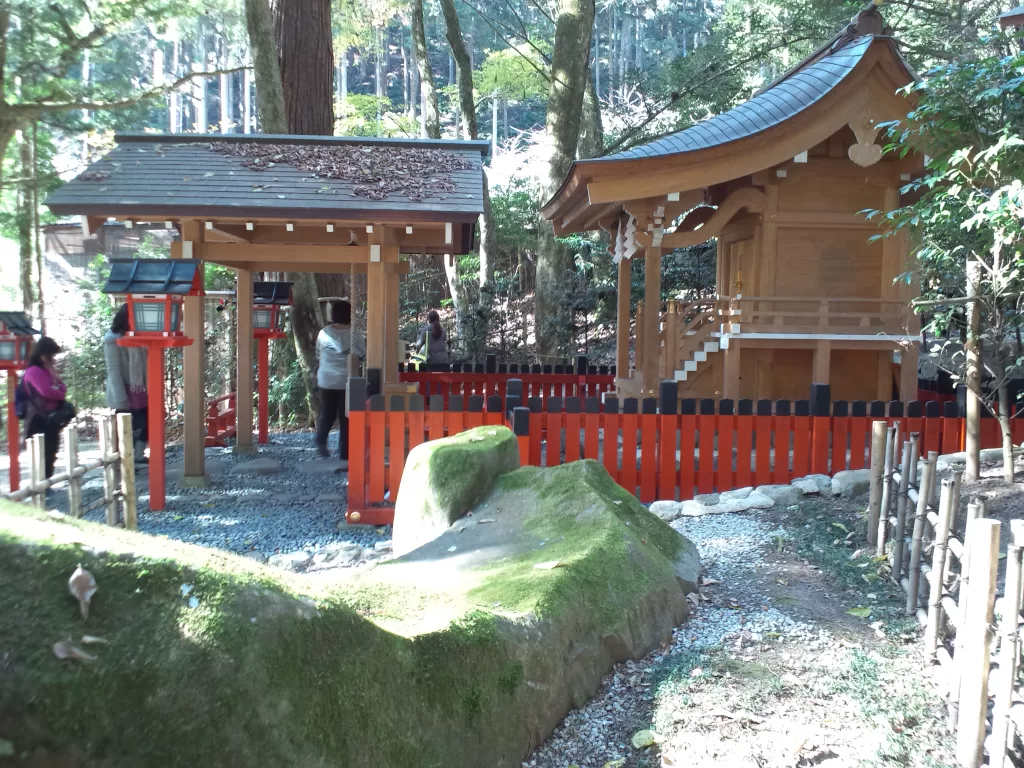Mizu Matsuri: A Unique Celebration of Water and Tradition at Kyoto’s Kifune Shrine

Ancient Rituals with a Modern Touch
The Mizu Matsuri, or Water Festival, is a time-honored event at the Kifune Shrine in Sakyō-Ku, Kyoto city in early July(July 7th, It will be held the following Monday if July 7 occurs on a weekend). The festival is dedicated to showing appreciation for the blessings of water and embraces a combination of ancient rituals and modern festivities. These celebrations include traditional tea ceremonies, Bugaku performances, and Shikibōchō cooking demonstrations.
Significant Religious Background
The Mizu Matsuri, a Kyoto event in July, has its roots in the Shinto religion, an ancient belief system native to Japan. The festival is held in honor of the divine spirits, known as kami, who are responsible for providing water—a vital source of life—to the people.
Roots in History and Imperial Patronage
Kifune Shrine’s religious significance dates back to the early Heian period (794-1185), when it became an object of Imperial patronage. During this time, it was one of 16 shrines where Imperial messengers were sent to report important events to Japan’s guardian kami.
While the origins of Mizu Matsuri remain uncertain, it is believed to have started as a rainmaking ritual in ancient times. Since 1963, it has been revived and celebrated annually in its current form.
A Colorful Array of Ceremonies
Tea Ceremony: Mindfulness and Sacred Offerings
The festival takes place on July 7th (or the following Monday if that happens to be a weekend). It begins with a tea ceremony at 10:00 am, offered as an act of gratitude towards the shrine’s deities. Participants take great care not to touch the food directly during this sacred offering — even donning masks while brewing the tea.
Bugaku Performance: Linking Asia and Japan
Following the tea ceremony, guests are treated to captivating Bugaku performances. These ancient Japanese court dances and musical acts feature artists in ornate masks and orange robes, with each year showcasing a classic dance that connects Japan to mainland Asia.
Shikibōchō Demonstration: A Feast for the Gods
Kifune Shrine’s Mizu Matsuri sees the return of a rare cooking ritual that dates back to the time of Japan’s Imperial family. In a unique Shikibōchō demonstration, the chef from Ikama School skillfully slices and prepares a fish without ever touching it with their hands, preserving its purity as an offering to the gods.
The Star Festival Connection
Coinciding with Tanabata—Japan’s star festival—the Kifune Shrine celebrates the natural harmony between water and heavenly bodies. From July 1st to August 15th, visitors can write down their wishes on strips of paper and attach them to bamboo trees set up outside the shrine. In the evenings, these wish-laden trees are illuminated, creating an enchanting atmosphere that attracts hordes of visitors.

A Festival for Everyone
The Mizu Matsuri offers something for everyone, including tea ceremonies available for around ¥3,000 after various events. The annual event at Kifune Shrine provides an unforgettable experience that combines history, culture, spirituality, and breathtaking visual displays.
If you’re attending the Mizu Matsuri, you might also want to consider visiting the Ajisai Matsuri, which is a traditional hydrangea flower festival in Kyoto.